----
artist-refs: Skeletal Overlay by BadFish81
// Art and Reference point
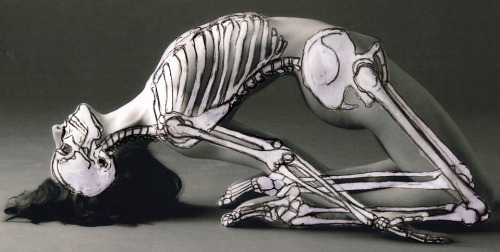
----
Shared via my feedly reader
Sent from my iPad

If you're self-taught, this blog will likely be of help to you in your artistic pursuit. I've been teaching art for more than 35 years, and I highly recommend to my students that they try to slow down and learn things gradually. This keeps the level of frustration down, and the ability to hone the skills high. 
Whenever a student wants to learn to paint or draw with a new medium, I have them start slow, using just a monotone color palette. That's why I start most students in graphite first. It allows them to fully understand the use of lights, darks and form, before delving into the confusion of color.
Even the Old Masters started this way, usually working out the lighting issues and contrasts in their art using just gray tones. This technique, called grisaille, utilizes just a gray scale or brown color scheme. Color is then applied on top, or on a completely new canvas, after the kinks of the artwork are worked out.
Regardless of the medium, I think monotone drawing or painting is useful and helpful for understanding the materials. All art mediums have a "feel" to them that must be mastered before you can be proficient in them. Drawing in a single color simplifies the task, and helps you learn more completely. This approach gives you the practice you need at a slower pace. And a completed monotone drawing or painting is very attractive. It's a unique look that stands out all on its own.
In this blog post I've included a few examples of using monotones. I did the step-by-step drawing of an egg in Prismacolor colored pencils. I used a light layering process to create the form. I used dark umber and sienna brown. The dark umber is a cooler color, which makes the shadowed areas recede. The sienna color is warmer, which makes the protruding areas advance. Remember this tip, (cool colors recede, warm colors come forward). Give the egg a try.

I created this drawing of my cowboy friend using just one pencil. It was done in a Verithin colored pencil, using just dark brown. The effect was rustic and unique, and I love the way the brown tones seem to enhance the masculine theme. Even though it's just one color, it's detailed and complete. 
Painting in monotones can be fun and creative as well. My portrait of Mark Twain was done in oils, using just Payne's Grey. Payne's Grey creates a wonderful blue-gray color when mixed with white. The effect is a cool, calming look that I love to use. This painting is still in progress, and I can't wait to see what it'll look like when finished. I can totally see this being framed in a black frame with matting that picks up the blue tones. (Yes, matting. This was painted on canvas paper, which can be matted and placed behind glass. This will be covered in future blogs.)
So, the moral of this story is to slow down, and use the techniques of the Old Masters to hone your skills. Monotone art is a great way of doing this, and a unique way to depict your subject matter.
Have fun!
Lee
Edited by Cherie Haas, online editor of ArtistsNetwork.com
Lee Hammond has been called the Queen of Drawing. That may not be fair these days, since in addition to providing the best drawing lessons, she has also created fantastic books and videos filled with the same easy to follow acrylic painting techniques, colored pencil techniques and more. Click here to see all of the instructional books and DVDs that Lee Hammond has to offer!
• Free download! Easy Acrylic Painting Techniques by Lee Hammond
The post Drawing Tip for Beginners: Start With Monotone Art appeared first on Artist's Network.

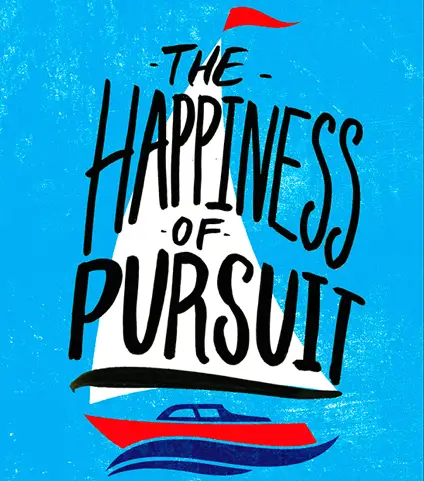
'A body in motion stays in motion' - Newton's lawIf anyone has ever read a post written by me before, listened to an interview or simply had a chat about self improvement, they will know I am frequently asked (and address) the common question - 'what is the most important aspect to self improvement' - my answer, without hesitation, is always the same: take action. I have always firmly believed that all of the best intentions in the world are nothing with out being taken from the theoretical to the actual and it never ceases to amaze me the instant, kinetic almost chain-like reaction that happens when one takes that first step: contrary to that very difficult, at times seemingly impossible scary first step - the second, then the third come so much easier. And by the 6th or 7th step you are actually floating along, to a natural rhythm you never new lived within you - that initial struggle now a distant memory. Out of your head and into the world, you are getting things done. You are a body (and mind) in motion. You begin to see a purpose. This is, for me, the essence of improving one's self, one's life and the lives of those around you.
'Do or do not. There is no try' - YodaPickTheBrain has afforded me so many fabulous opportunities (due almost exclusively to the generosity of both the writers and the readers - yes YOU) and as a part of this, I am sent volumes of incredible self improvement books exploring every corner of how to live better - and I am a better person as a result of having access to all of this great work. if you are familiar PTB, you know that I almost never review books. The other day, however, I was sent a copy of a book whose title struck me in a way that it hasn't in a long, long time. 'The Happiness of Pursuit.' A simple play on words - but with a message that instantly connected with that mantra that swirls around me day and night: take action. Follow Yoda's advice. But what struck me more than author, Chris Guillebeau's, cleverly worded title, was something in the message that I hadn't thought about in connection with my mantra: yes, of course, DO things - but take joy, find happiness, in that process. Up until now, i had believed that the happiness that ultimately comes from accomplishing things was the prize, but Guillebeau (who had set his own goal to travel to every country in the world before age 35 - and he did it!!) opened my eyes to something more than that - that the process itself, bears fruit - and that there is 'a direct ling between 'questing' and long-term happiness' This was a break through idea for me. While I won't be reviewing his book - all I can do is highly recommend you take inspiration (and then action) as you follow an incredible study of ordinary people doing extraordinary things of all scales, to find meaning, joy and happiness in the pursuit of the great life that lives within all of us. What I will be doing in this article is outlining the 7 Steps necessary, i believe, to start this process - a process that will change (or start) your course. Something that will help change your thinking (as it did mine) from simply pursuing happiness, to finding happiness in the pursuit.
'Action is the foundational key to all success' - Pablo PicassoIt's here where it's time to jump of that metaphorical cliff. Unchain yourself. Take action. Doing is the only thing that does. What else is there to say. You've done the work - so dive in. This is the ultimate award. This is where true happiness jumps off the page and onto the stage. This is where one finds the happiness of pursuit.
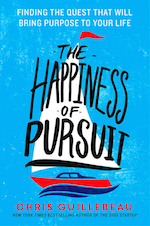
The post The Happiness of Pursuit: 7 Steps To Accomplish Anything & Enjoy It Along The Way appeared first on Pick the Brain | Motivation and Self Improvement.

 | Fascinating Video (@FascinatingVid) |
This is How a face changes with changing light... pic.twitter.com/ZmuBdxo4Xv | |

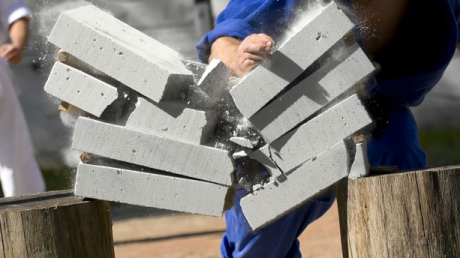 Self-control researcher Roy Baumeister led a groundbreaking study in 1996. People were led into a room which smelled of just-baked chocolate chip cookies. Then, cookies and chocolates were brought out for them to see. And finally, some participants were given two cookies to eat, but not all of them. One group of people was given raw radishes to eat instead! Poor souls. On a subsequent impossible puzzle designed to test a person's persistence, those who ate radishes were found to last less than half as long and took just over half the number of attempts as those who ate the cookies. (source) Willpower is an important part of changing yourself for the better—it's what helps you drag yourself out of bed at 6 AM for a morning workout; it also helps you resist chocolate chip cookies. But using willpower comes at a cost that was seen in this study—it's not unlimited. Since our willpower can be low at times when we most need it, here are four scientifically-backed ways to increase your willpower.
Self-control researcher Roy Baumeister led a groundbreaking study in 1996. People were led into a room which smelled of just-baked chocolate chip cookies. Then, cookies and chocolates were brought out for them to see. And finally, some participants were given two cookies to eat, but not all of them. One group of people was given raw radishes to eat instead! Poor souls. On a subsequent impossible puzzle designed to test a person's persistence, those who ate radishes were found to last less than half as long and took just over half the number of attempts as those who ate the cookies. (source) Willpower is an important part of changing yourself for the better—it's what helps you drag yourself out of bed at 6 AM for a morning workout; it also helps you resist chocolate chip cookies. But using willpower comes at a cost that was seen in this study—it's not unlimited. Since our willpower can be low at times when we most need it, here are four scientifically-backed ways to increase your willpower. The post 4 Science-Backed Ways To Have More Willpower appeared first on Pick the Brain | Motivation and Self Improvement.







Embroidery artist and jeweler Sam P. Gibson creates a wide variety of hand-stitched illustrations from brains and skulls to lips and typography. Her most detailed works are these awesome stitched eyes, many more of which you can see over in this Flickr collection and in her online shop. (via Ghoul Next Door)
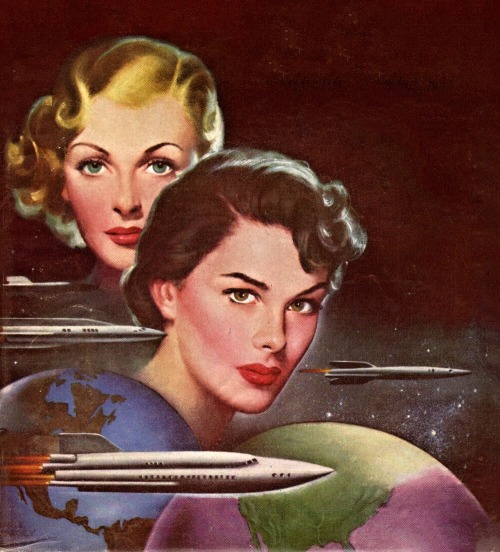
Earle Bergey - This Way To Mars, 1951.
But in the very best way! When I was trolling for artists who draw like they paint and vice versa, Giovanni Boldini immediately came to mind. His mark making is a tour de force, no matter if he is working in oils, pastels, or when charcoal painting.
 |
| Spanish Dancer at the Moulin Rouge by Giovanni Boldini, oil on canvas, 49 x 40, 1905. All works by Giovanni Boldini. |
Boldini has an undeniable aptitude for charcoal drawing because of the variety of his strokes and the physicality of his gesture. He really acts on the surface of his drawings and pencil sketches. Even a simple charcoal portrait or chalk drawing, when looked at through an abstract lens, becomes a maze of lines and movement.
These same characteristics in Boldini's approach to charcoal really stand out in his painting methods as well. His stroke is always in keeping with the direction or motion he is trying to convey, and usually that turns out to be a lot of motion indeed! In fact, Boldini was known as the "master of swish" because of the extensive amount of visual movement he worked into his paintings and drawings.
 |  | |
| Girl in a Black Hat, pastel, 1890. | La Lettura, chalk on paper, 1931. |
Most of all, I am intrigued by how "full" Boldini makes his paintings and drawings feel with lines, curves, and hatch marks alone. He can take the simplest building block of art and evolves it into something with so much force and depth, even when his compositions are fairly sparse. In fact, when I look at his work it is usually the strokes all around the figures that I tend to give my attention. They are just so free but give a sense of atmosphere and spatiality to the works.
 |
| Portrait of the Marquise, oil on canvas, 1914. |
Even a single abstract drawing or painting lesson could be your much needed outlet to explore expressiveness and gesture—aspects of art that we all try to incorporate in our artistic repertoires. If you want to see what such painting can offer you, Creating Abstract Art could be just the guide you are looking for. Enjoy!

P.S. Are you a fan of Boldini? Are there other artists you can name who draw and paint with the same style and power? Leave a comment and let me know.